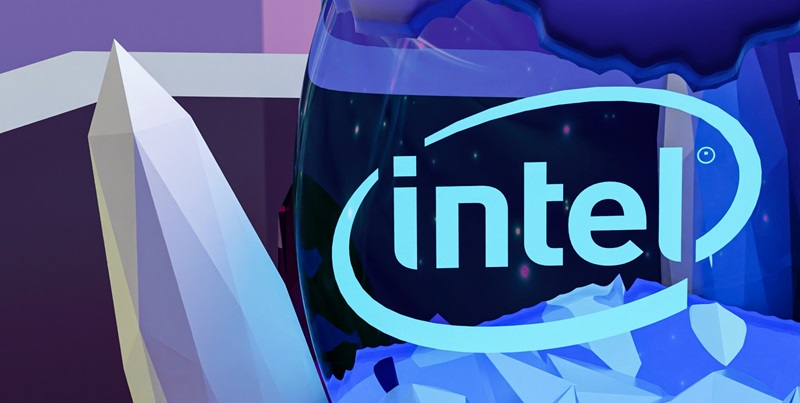Intel is making significant strides to ensure that its next-generation Xe2 graphics architecture seamlessly integrates with Linux systems, focusing particularly on the Lunar Lake CPUs and Battlemage GPUs. This effort underscores Intel’s commitment to improving Linux compatibility, especially following the issues experienced with its previous Alchemist GPU lineup. The upcoming Linux 6.12 kernel, slated for release in mid-September 2024, will come with built-in support for Lunar Lake and Battlemage, promising users an enhanced out-of-the-box experience.
Proactive Measures for Linux Compatibility
Aligning Hardware Releases with Linux Kernel Updates
One of the most noteworthy elements of Intel’s strategy is its accelerated effort to secure a solid position among Linux users by addressing past support challenges. The anticipated release of the Lunar Lake SoCs in September closely aligns with the introduction of the 6.12 kernel, although there may be a minor delay. Battlemage GPUs, expected to launch between late 2024 and early 2025, are also expected to benefit from robust Linux support right from the outset.
Intel’s proactive approach signals a broader trend in the company’s commitment to the open-source community. The goal is not just to deliver hardware but to ensure that it runs efficiently on Linux systems from day one. The synchronization of hardware releases with kernel updates represents a concerted effort to cater to the enthusiastic and professional Linux user base. This strategic alignment brings a level of reliability and performance to Intel’s offerings that was lacking in previous releases, notably the Alchemist GPUs, which suffered from significant support issues.
Elimination of Force_Probe Requirement
A critical update in the Linux 6.12 kernel is the inclusion of two crucial patches that eliminate the force_probe requirement for the Lunar Lake and Battlemage platforms. These patches mark the first official support for the xe driver on both integrated and discrete graphics setups. Removing the force_probe requirement simplifies the installation process for users, essentially making the new Intel hardware more plug-and-play than it has ever been. This is a substantial improvement, as it lowers the barriers for entry for new users and reduces the setup complexity for existing users.
The updates in the drm-intel-next pull request signify ongoing changes and improvements that Intel is implementing. These continuous refinements aim to address any emerging issues quickly, ensuring that the hardware and software work together seamlessly. This dedication to maintaining and improving driver support highlights Intel’s commitment to the Linux ecosystem, setting the stage for a more user-friendly experience.
Strategic Coordination with the Open-Source Community
Addressing Past Shortcomings
Intel’s swift adaptation to new technologies and dedication to user experience improvements marks a significant shift in its approach to the open-source community. Previous releases were marred by substantial support issues, but Intel’s current strategy aims to turn the tide. By prioritizing early and proactive support, Intel is addressing past shortcomings and creating a more cohesive and reliable system for Linux users.
The move to synchronize hardware launches with Linux support cycles is a direct effort to meet the needs of Linux enthusiasts and professionals. This coordination ensures that new Intel hardware is fully supported by the Linux kernel upon release, minimizing the chances of compatibility issues. By doing so, Intel fosters a more seamless and user-friendly experience, which ultimately aims to bolster its reputation and functionality within the open-source ecosystem.
Enhancing User Experience
Intel is making impressive progress to ensure its next-generation Xe2 graphics architecture works flawlessly with Linux systems. Their focus is particularly on the upcoming Lunar Lake CPUs and Battlemage GPUs. This endeavor highlights Intel’s ongoing commitment to enhancing Linux compatibility, especially in light of challenges faced with their previous Alchemist GPU series. Users can look forward to the Linux 6.12 kernel, expected to be released in mid-September 2024, which will feature built-in support for Lunar Lake and Battlemage. This integration promises a superior out-of-the-box experience for Linux enthusiasts, making it easier for them to harness the full potential of Intel’s latest hardware advancements without needing extensive tweaks or adjustments. Intel’s proactive approach in collaborating with the Linux community aims to provide a more stable and reliable performance right from the initial setup. This move not only positions Intel as a leader in the tech industry but also reinforces its dedication to user satisfaction and broadening the accessibility of cutting-edge technology.

